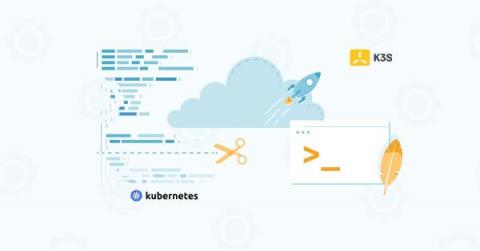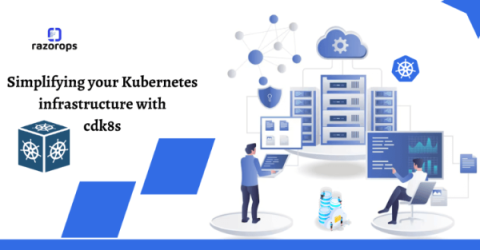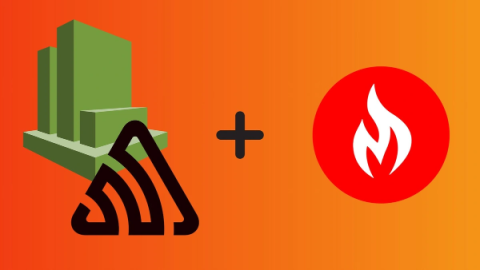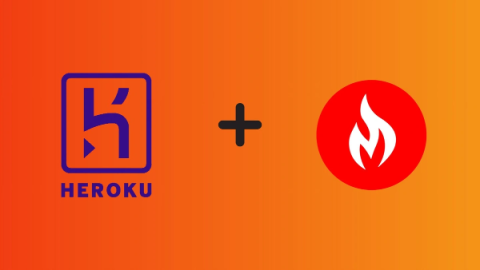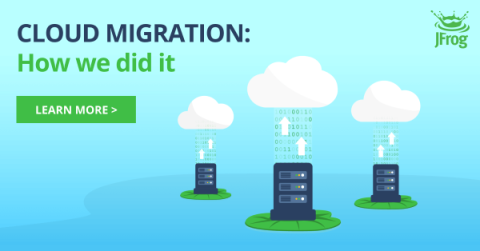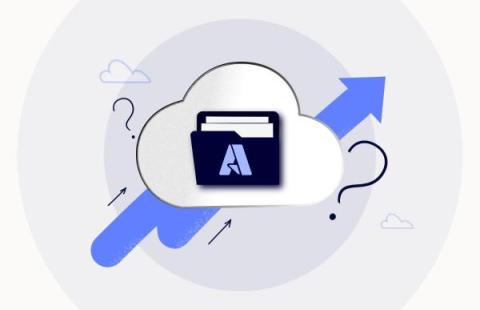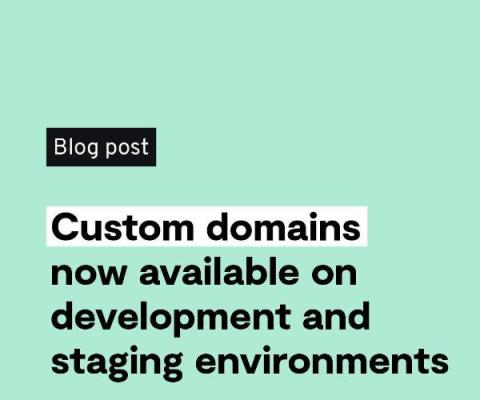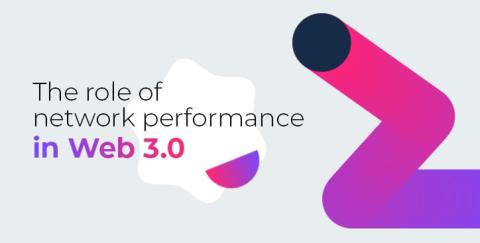Operations | Monitoring | ITSM | DevOps | Cloud
Latest News
Simplifying your Kubernetes infrastructure with cdk8s
Kubernetes has become the backbone of modern container orchestration, enabling seamless deployment and management of containerized applications. However, as applications grow in complexity, so do the challenges of managing their Kubernetes infrastructure. Enter cdk8s, a revolutionary toolset that transforms Kubernetes configuration into a developer-friendly experience.
How to Integrate CloudWatch and Sentry with MetricFire
CloudWatch and Sentry are two powerful tools that play crucial roles in monitoring and error tracking, making them essential for any organization that wants to ensure the smooth operation of its applications and systems. CloudWatch, developed by Amazon Web Services (AWS), offers comprehensive monitoring capabilities for AWS resources and applications, providing real-time insights into system performance and resource utilization.
Integrating MetricFire and Heroku for Web Hosting
Today's fast-paced digital landscape demands efficient and reliable web hosting solutions. As websites and applications become increasingly complex, businesses are constantly seeking ways to optimize their performance and ensure seamless user experiences. One crucial aspect of this optimization process is the effective monitoring and tracking of vital metrics.
Manage Kubernetes environments with GitOps and dynamic config
Most modern infrastructure architectures are complex to deploy, involving many parts. Despite the benefits of automation, many teams still chose to configure their architecture manually, carried out by a deployment expert or, in some cases, teams of deployment engineers. Manual configurations open up the door for human error. While DevOps is very useful in developing and deploying software, using Git combined with CI/CD is useful beyond the world of software engineering.
JFrog's cloud migration story
Top Cloud Cost News From August 2023
A detailed guide on Azure architecture diagram
Custom domains now available on preview environments
You’re probably all very familiar with the URLs we currently generate automatically for your environments on Platform.sh by now. And while they are very useful, they’re not the most friendly-looking as, we build them using the following pattern: This approach is important because it ensures that our URLs are unique for all projects and their environments but it also makes them pretty long, overly complicated, and let’s face it—not the prettiest. But this is the case no more!


